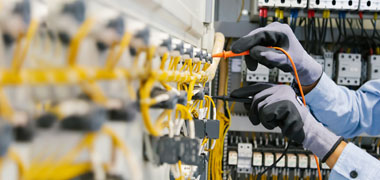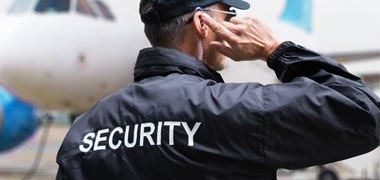
Courses for beginners
There are no courses available in Thuringowa Queensland for beginner learners with no prior experience or qualifications.
Courses for experienced learners
There are no courses available in Thuringowa Queensland for experienced learners with prior experience or qualifications.
Related occupations
Explore related occupations in the aerospace engineer sector.
Aircraft Engineer
An Aircraft Engineer maintains and repairs aircraft systems to ensure safety and compliance with aviation regulations and standards.
Propulsion Engineer
A Propulsion Engineer develops and tests systems that drive vehicles like aircraft and rockets, focusing on improving performance and efficiency.
Further reading


Most popular manufacturing courses
19th July 2022)
